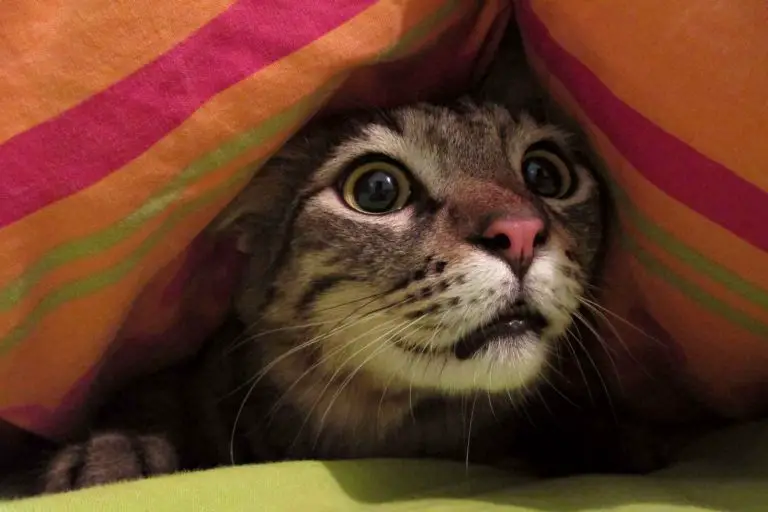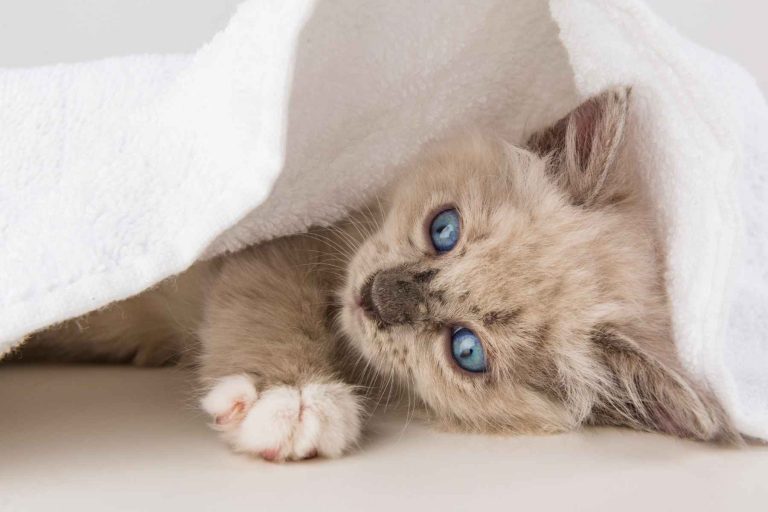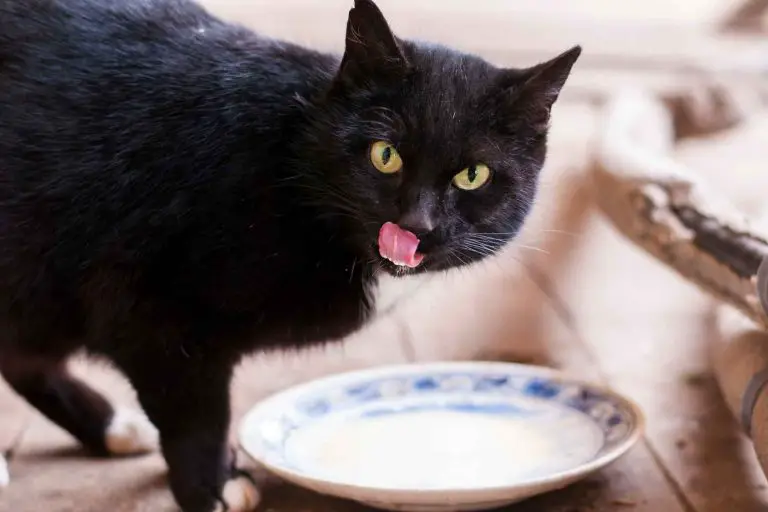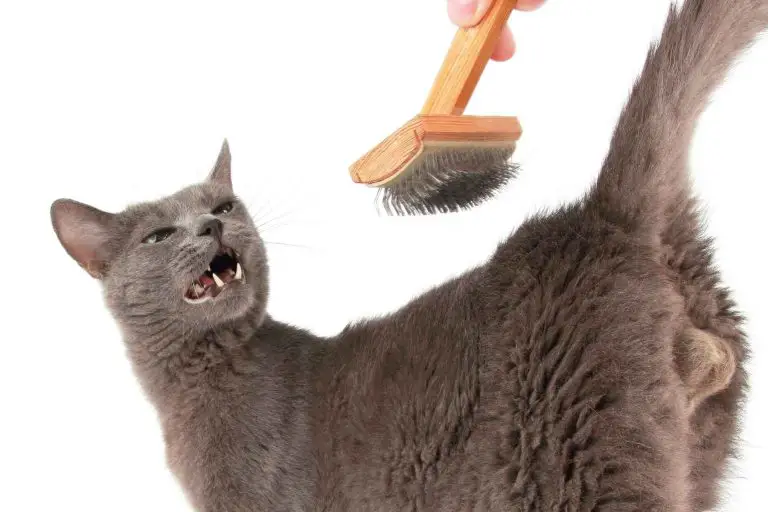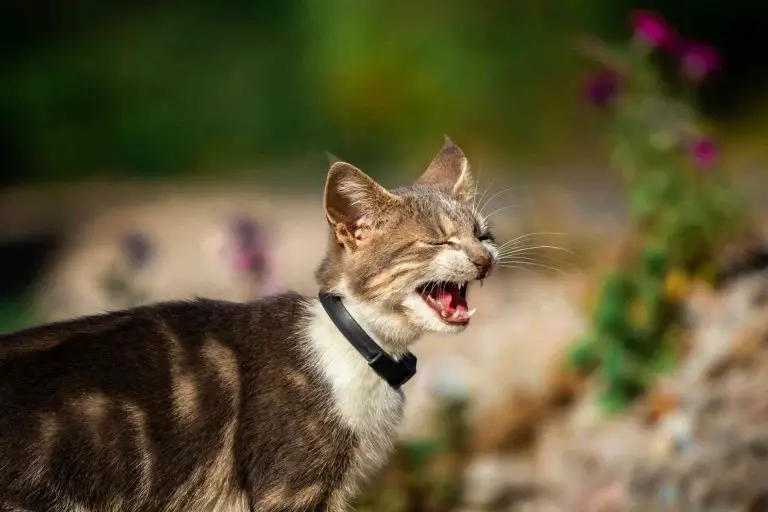How Long Do Cats Grow?
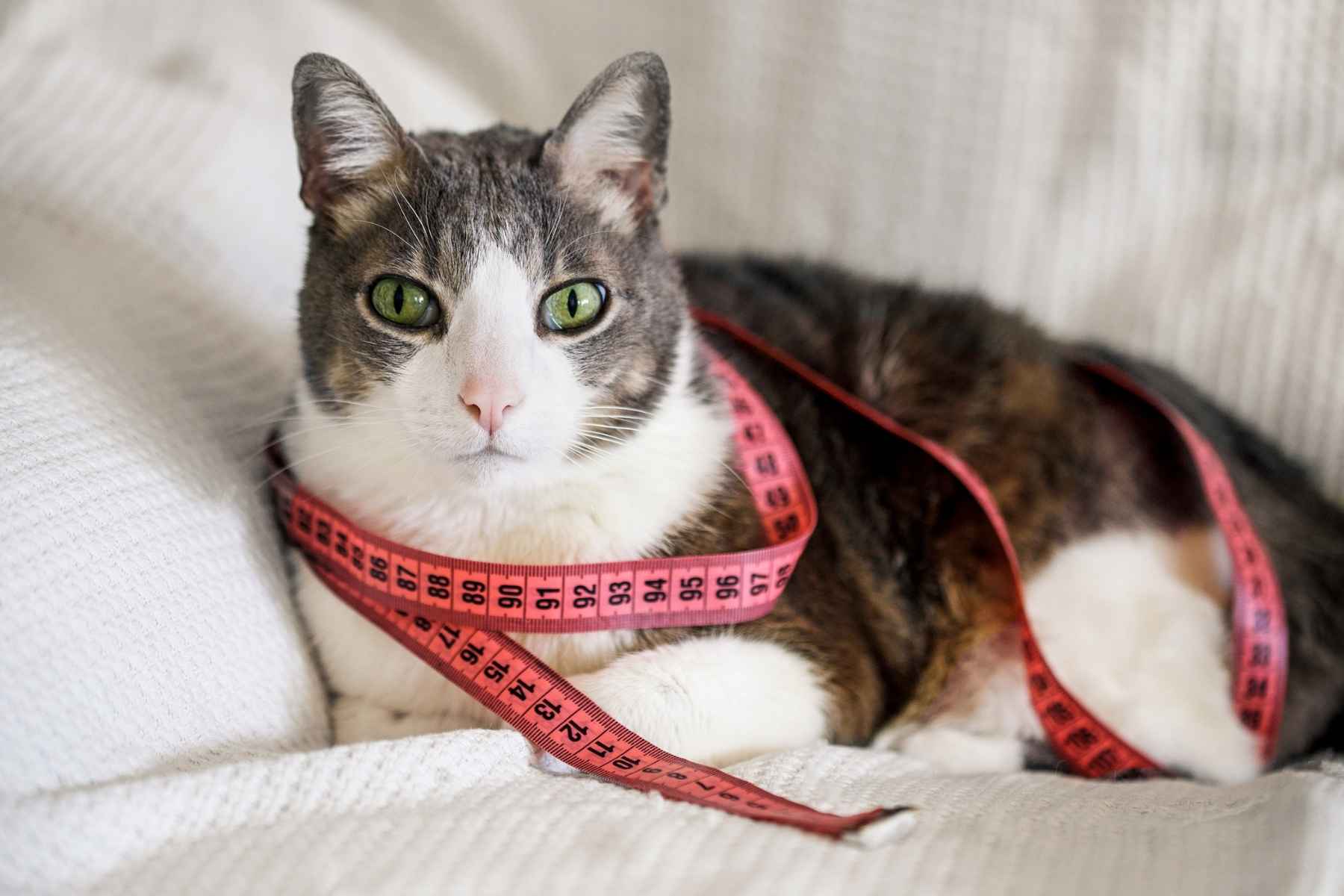
Cats seem to grow up in a flash. One moment they are precious, curious kittens, and then before you know it, they are fully grown, graceful cats. Cats might seem to age overnight, but how long they grow is something we can accurately observe if we watch closely. How long do cats grow?
Most cats will be done growing at around 18 months of age, which equates to about 21 years of age in humans. Some specific breeds will take longer to grow, with the longest still developing until they are almost four years old.
This article will look into how long cats grow, how big they will eventually become, and which cats take longer to grow full-sized than others.
How Long Do Cats Grow?
Saying that cats are popular pets is an understatement. In reality, cats are the most popular pet in the United States! One of the reasons cats are so beloved is because of how adorable they are as kittens, but unfortunately, they don’t stay small for very long.
Cats are often finished growing between 9 and 12 months of age, but on average, most of them are fully grown by 18 months. Since cats were traditionally hunters in the wild, they had to grow quickly to hunt and protect themselves. Larger breeds of cats like Ragdolls and Maine Coons take longer to grow, with some not reaching their full size until four years old.
After 18 months of age, cats may still be growing, but they will be growing much slower than before. By this age, cats will be old enough to reproduce, and most will be done growing.
Cats go through several different stages as kittens and young adults, known as milestones. If you aren’t sure how old your kitten or young cat is, checking up on these milestones can give you a better idea of their age.
Here are some of the milestones your cat will reach as they grow:
- 0-2 Weeks: Cats are in their neonatal stage at this age. This means they are basically newborns and completely reliant on their mothers. Up until two weeks of age, kittens have their eyes closed and are essentially blind.
- Milestones for this age are: Opening eyes and learning to move towards sounds.
- 2-8 Weeks: After the newborn stage, kittens will begin to come into their own. Their eyes are open, hearing is beginning to sharpen, and they learn to navigate the world with all their senses.
- Milestones for this age: Teeth begin to erupt, and kittens can identify their mother and littermates by sight and smell.
- 7-14 Weeks: This is the age when kittens are the most fun to be around! They are just learning to play with their littermates, mother, and owners. In the younger portion of the age group, kittens will still be nursing off their mothers, but they will begin to transition to wet and dry food as they grow.
- Milestones for this age: Practicing hunting with mother and littermates, increasing coordination, and beginning to eat solid food.
- 3-6 Months: Kittens between 3 and 6 months of age are truly learning how to function as adults. Their play between littermates will get rougher and more intense, and the beginnings of dominance rankings will start to crop up.
- Milestones for this age: Kittens will have their own distinct personality and will be more open to playing with other species of pets like dogs and their human owners.
- 6-12 Months: This is when kittens will begin to transition fully into adults. At the six-month point, the kittens will be more like “teenagers” with lanky bodies and a combination of kitten and adult habits. Closer to a year of age, cats will reach sexual maturity and need to be spayed or neutered.
- Milestones for this age: Cats will become sexually mature.
- 18+ Months: At this age, most cats will be fully grown. There are some exceptions, namely in purebred cats like Maine Coons and Ragdolls, but most other felines will be adults at this point. They will still have a lot of that kitten-like energy for the first two years of life, though.
- Milestones for this age: Cats will lose kitten lankiness and reach their full size. Between 2 and 4 years of age is when cats reach social maturity.
Why Do Large Cat Breeds Take Longer to Grow?
It might seem odd that some large breed cats can take years longer to grow to their full size than others, but the reason is pretty simple.
Large breed cats take longer to grow because they have farther to grow than smaller cats. Also, the older a cat gets, the slower it grows, so the last few years of a large cat’s growth might not change them much at all.
When Do Male Cats Stop Growing?
If your male cat is neutered, he will stop growing at 12 to 18 months of age.
Unaltered male cats, which means male cats that aren’t neutered, may continue to grow longer than neutered male cats, but not always in the expected ways.
For example, unaltered male cats will have larger heads, necks, and cheeks than neutered male cats. These big cheeks are known as tomcat jowls and result from the hormones that affect male cats that haven’t been neutered.
The older the male cat, the larger their tomcat jowls can become. Some lose these chubby cheeks when they get neutered, but others will keep them no matter what.
So while male cats won’t continue to grow in body size, other parts of them can continue to grow throughout their lives.
When Do Female Cats Stop Growing?
Female cats stop growing at the normal 12 to 18-month average, whether they are spayed or not.
Unlike unaltered male cats, which can have some growth in their cheeks as they get older, female cats grow at the same rate and stay the same size regardless if they are spayed or not.
How Big Do Cats Get?
Cats can vary widely in appearance, from a short-haired orange kitty to a long-haired white cat. Our feline friends can come in almost any color you can imagine, and their size can be pretty different from cat to cat, too.
On average, cats weigh between 9 and 11 pounds.
Most cats weigh under 12 pounds, but there are outliers size-wise, as with most things involving cats. Large cats like the Maine Coon take longer to grow than average cats, but they are quite impressive once they’re done growing!
Here are the biggest and smallest cats:
- The biggest cat is the Maine Coon, which averages between 8 and 18 pounds.
- The smallest cat is the Singapura, which tops out at 6 pounds.
How Can You Tell How Big Your Cat Will Get?
When you have a kitten, and you’re waiting for it to grow, there’s a good chance you’ll want to know how big of a cat your precious kitten will become. While we know the average size that cats can reach, there is a big enough range that no two average cats will be exactly the same.
There are a few ways to determine how big your kitten will become, but they aren’t always accurate.
It’s impossible to know precisely how large your cat will be, but some of these methods can help gauge whether you’re going to have a big kitty or just a normal one.
- Diet: Kittens that nurse off of their mother until they are weaned and then have a diet of high-quality kitten and cat food will grow bigger than kittens removed from their mother too early.
- Legs and feet: A kitten’s paws and hind legs can sometimes indicate if a cat will be large or not. Kittens that are destined to be big cats can have large paws, while cats that will be taller than average may have long legs as a kitten.
- Breed: It’s well known that some cat breeds will be larger or smaller than others. If your cat is a purebred or even just mixed with a purebred cat of a larger breed, it’s safe to assume they will be taller and heavier than the average cat.
Out of all of these things, there is only one variable that we as owners are in control of, and that is diet. A cat that isn’t fed correctly may have stunted growth, whereas one fed nutritious food in the right quantities will be able to reach its full potential.
Are Cats Fully Grown at 6 Months?
No, cats are not fully grown at six months.
The age at which most cats are done growing is 18 months, but some will be finished growing at 12 months. Almost all cats at six months of age will still have some growing to do, even if they appear to be the size of an adult cat.
At six months, many cats will be at their full height, but it will take some time for them to put on enough weight to be considered fully grown.


